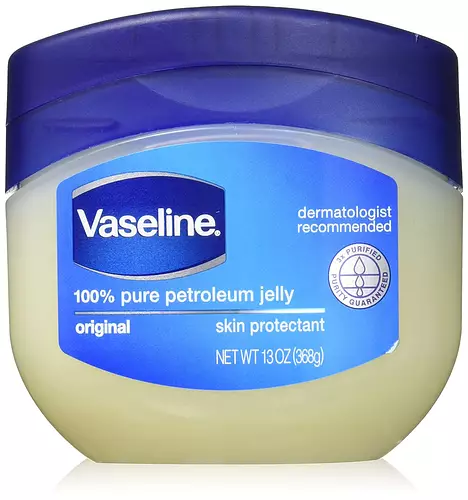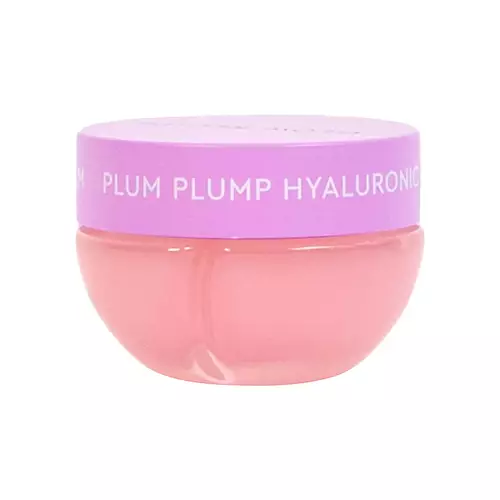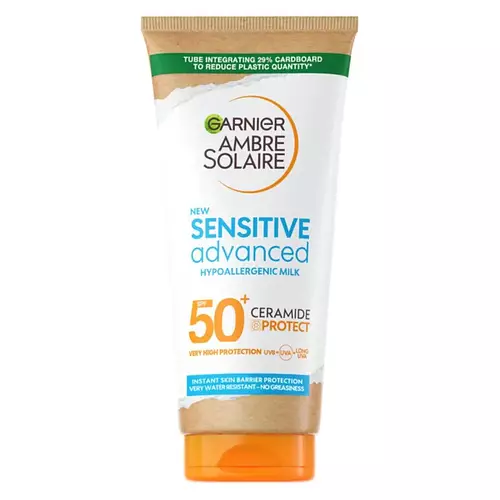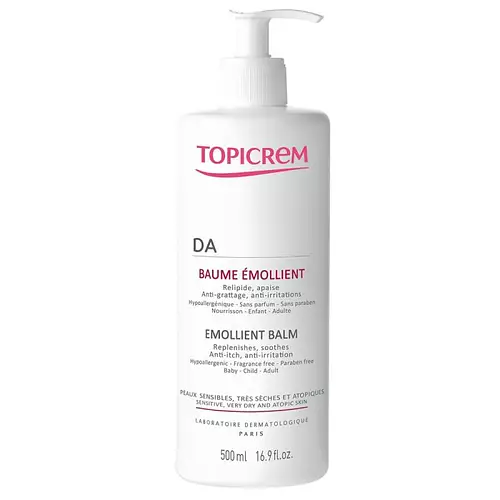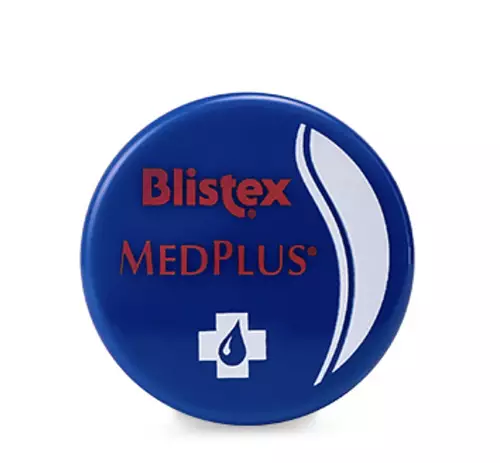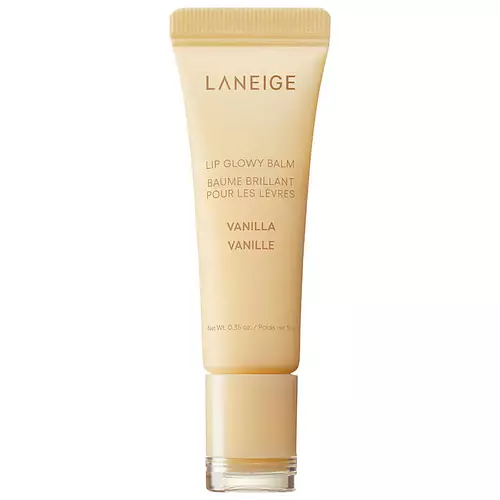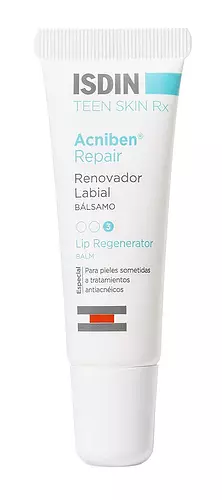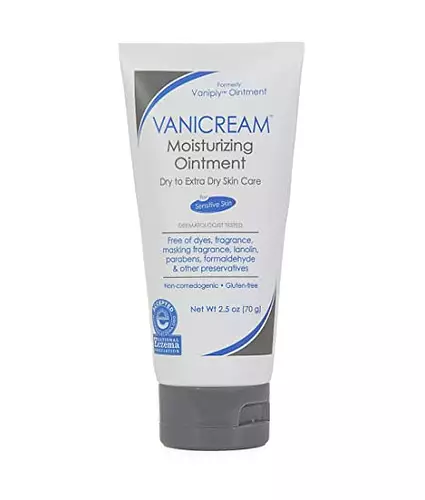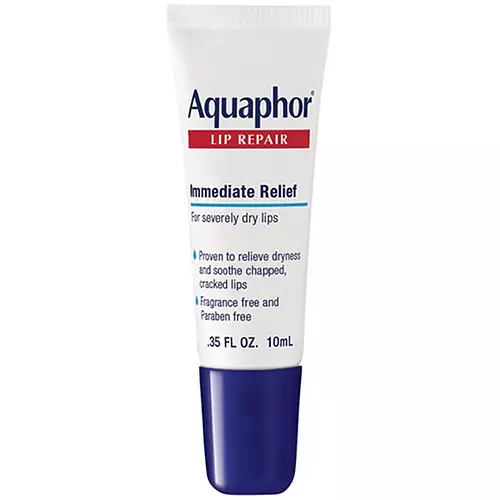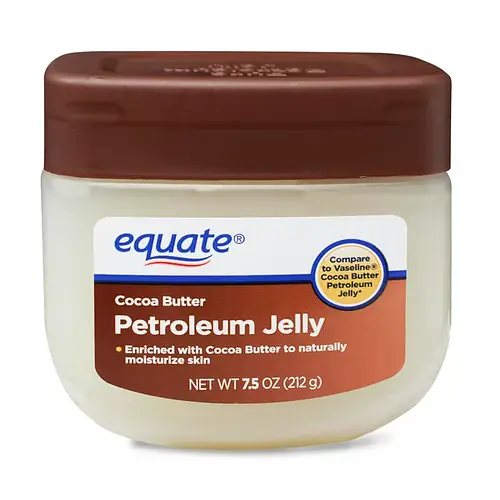Updated on December 11, 2023
Overview
What they are
These products are both vegan and reef safe . They have a total of 0 ingredients in common
Free From
They both do not contain any harsh alcohols, common allergens, fragrances, oils, parabens, silicones or sulfates
We independently verify ingredients, and our claims are backed by peer-reviewed research. Spot a product that needs an update? Let us know.
Ingredient Info
Vaseline 100% Pure Petroleum Jelly 1 ingredient
Glow Recipe Plum Plump Hyaluronic Gloss Balm 27 ingredients
At a glance
Click on any of the items below to learn more
Vaseline 100% Pure Petroleum Jelly 1 ingredient
Glow Recipe Plum Plump Hyaluronic Gloss Balm 27 ingredients
Concerns
This product contains 1 ingredient that may have this attribute:
Notable Ingredients
This product contains 1 ingredient that may have this attribute:
This product contains 1 ingredient that may have this attribute:
This product contains 1 ingredient that may have this attribute:
Benefits
This product contains 2 ingredients that may have this attribute:
This product contains 1 ingredient that may have this attribute:
This product contains 1 ingredient that may have this attribute:
This product contains 2 ingredients that may have this attribute:
Concerns
This product contains 1 ingredient that may have this attribute:
This product contains 1 ingredient that may have this attribute:
Ingredients Side-by-side
Ingredient Ratings
Here's what our community thinks of the ingredients in these two products.
When to use
Vaseline 100% Pure Petroleum Jelly 1 ingredient
Glow Recipe Plum Plump Hyaluronic Gloss Balm 27 ingredients


Reviews
Here's what our community thinks
Vaseline 100% Pure Petroleum Jelly 1 ingredient
BrodyTosi
Petroleum Jelly is one product I believe is quite underrated in the general skincare community due to hasty generalizations about its safety....
Petroleum Jelly is one product I believe is quite underrated in the general skincare community due to hasty generalizations about its safety. Petroleum jelly is composed of mineral oils and waxes (i.e., paraffin wax) which can be generalized as mostly long-chain hydrocarbons that act as a hydrophobic (water repellent) occlusive to the skin. Occlusive ingredients such as petroleum jelly are very effective for preventing transepidermal water loss because they act as a physical layer to trap water along with natural moisturizing factors inside the skin while also temporarily protecting the skin against environmental aggressors. This mechanism can additionally be attributed to the overall efficacy of topical antibiotics like neomycin or polymyxin B as cut/burn treatments. When it comes to who should or shouldn't be using this product, my philosophy is that occlusive ingredients keep what is inside the skin, inside the skin. For skin types that are inherently at a hormonal imbalance or by other means overproducing sebum, this could indirectly lead to increased incidence of clogged sebaceous glands and subsequently acne. Another consideration is purity of the petroleum jelly used on the skin. I would personally stick to brands like Vaseline that have more stringent quality control measures, only because if petroleum jelly isn't fully refined this runs a minimal risk of carcinogenic contamination (the FDA monitors this as well, and honestly I would call this a minimal consideration with current carcinogenic research). As for who should use this product: dry skin, chapped skin, cracked skin, most skin types during the winter and/or in cold or arid climates. There is a vast amount of indications for using petroleum jelly that can likewise vastly benefit skin health. Aforementioned indications aside, my top two recommendations would be on skin in individuals taking oral isotretinoin (Accutane) and on skin that products running irritation and/or dryness risks are subsequently being applied to, specifically referencing topical retinoids (i.e., tazarotene, adapalene, tretinoin) and benzoyl peroxide. As always, do your own research (PubMed Central is a great start, or even Wikipedia!) and stay moisturized.
AngelinaAzar_599
love 💯
idk why this product is disliked because i love this product n highly recommend it. i have really sensitive skin but i also have acne and...
love 💯
idk why this product is disliked because i love this product n highly recommend it. i have really sensitive skin but i also have acne and whenever my skin gets stressed out from acne treatments i always go back to this product to calm down the dryness n redness. it’s great for slugging n to put around dry areas. i use it also around my eyes and it doesn’t t irritate me at all.
Glow Recipe Plum Plump Hyaluronic Gloss Balm 27 ingredients
Lapaki
The Gloss Balm from Glow Recipe is a standout for me. It’s packed not just with hyaluronic acid but also enriched with a variety of nourishing...
The Gloss Balm from Glow Recipe is a standout for me. It’s packed not just with hyaluronic acid but also enriched with a variety of nourishing ingredients. The result is plump and juicy lips. It has great short- and long-term plumping benefits. Applying it in a thicker layer works great for an overnight lip mask. It also delights with its subtle scent and a hint of sweetness in its taste. Plus, it is vegan, cruelty-free, and reef safe.
